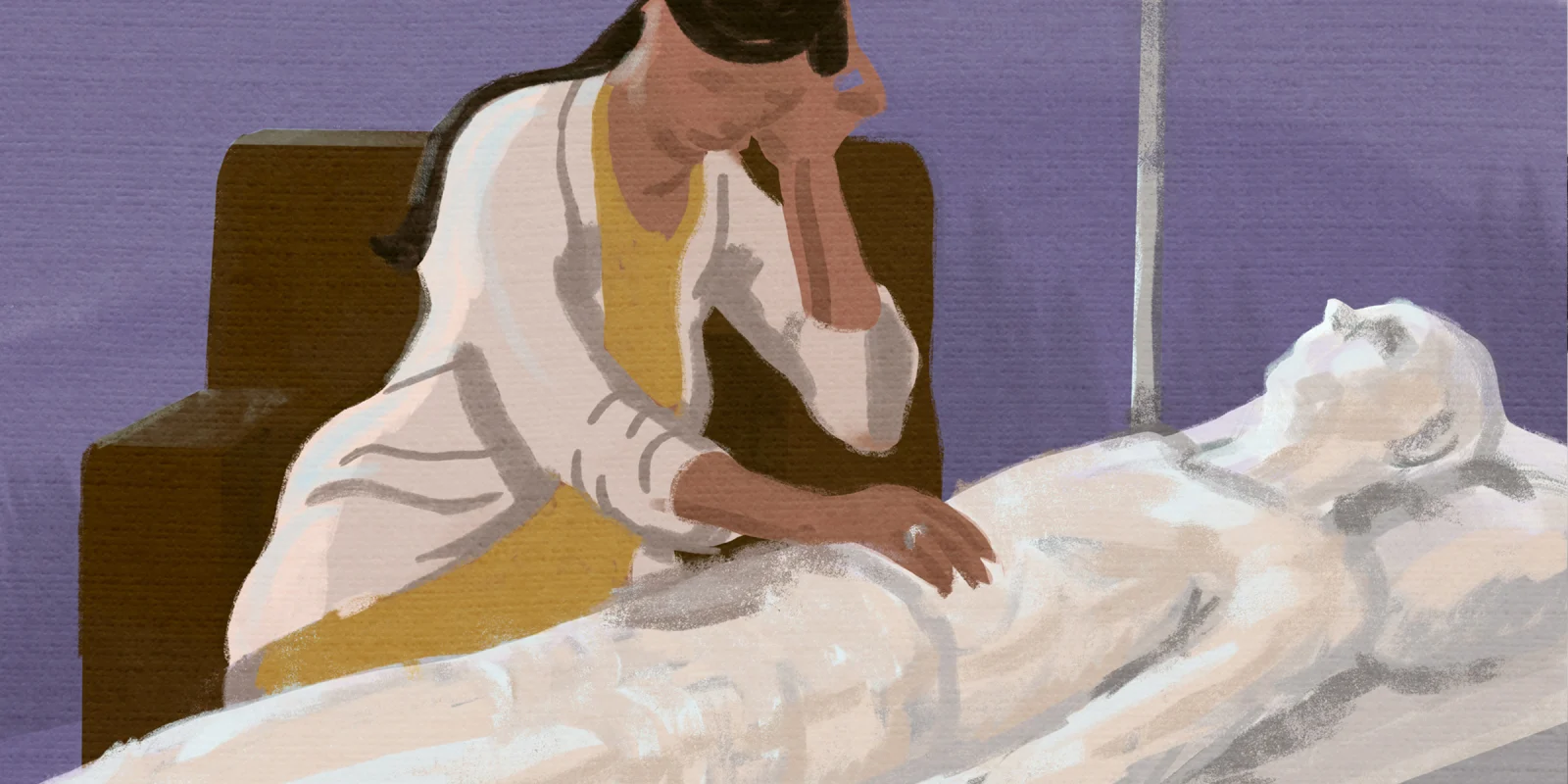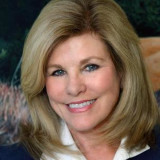Mr. Hester wore a coat and a tie year-round, carrying himself with European formality. Standing just over five feet, with thinning grey hair and hand tremors, he appeared both fragile and resolute in strength; he was one of my first patients in my new practice of internal medicine in 1987. He called me “Dr. Brayer” in a heavy Polish accent. I called him, “Mr. Hester.” His manners were impeccable. His seemingly small gestures were enormous. Mr. Hester often tried to slip a $20 bill into my white lab coat pocket after each office visit, saying it was for me. On rare occasions, I accepted his offer, just because it pleased him so much. Over the years, we became partner soldiers in the effort to keep him alive.
He had an indolent form of leukemia that finally broke free of whatever had confined it. Mr. Hester was followed by an oncologist, but the treatment comprised of watching and waiting for many years. What made this impending death sentence so hard was the fact that Mr. Hester was a survivor of Auschwitz.
In there, he was “267582” — the number tattooed on his forearm, inscribed when he was a child of 12. He wore long-sleeve dress shirts to cover it up and did not like to talk about that chapter of his past. But his story did reveal itself in bits and pieces over the years. As a Jewish boy in Poland, his life had been happy and safe. His father was a tailor, and he lived a normal pre-war life with his mother and little sister. He was too young to know why they stayed in their Polish village. By the time they realized the impending danger, escape was no longer an option.
The Hesters were transported to Auschwitz with hundreds of thousands of other Poles. Historians estimate that between 1940 and 1945, the Nazis sent at least 1.3 million people to Auschwitz. About 1.1 million died of starvation, exhaustion, or contagious disease, or they were exterminated by hanging, bullets, or the gas chamber. Mr. Hester never saw his family again after their separation. He had no other relatives who survived, and he never spoke to me about what it took to survive the concentration camp. The few times he tried, his tears made it impossible to continue.
After the war, Mr. Hester immigrated to New York and became a tailor, just like his dad, carrying the impossible burden of extreme survivor guilt. He never married or had children. He did not feel he was worthy of happiness. I tried, unsuccessfully, to get him into counseling for post-traumatic stress. He suffered silently with deep pain flowing just beneath his perfectly tailored suits. Like many older people of his time, Mr. Hester did not believe in any form of therapy. His depression was like none I had seen before.
Mr. Hester had a crush on me. He didn’t want me to see him as a victim of the camps or his cancer. He had a flirtatious twinkle in his eye during our many office visits, and when he found out I had eloped and married, he was visibly shocked and disappointed. Did he think I was a single young lady and a possible love interest? That’s when I learned the lesson: no matter how old and sick a man is, he can still be a little love-struck with his young doctor.
Over time, his leukemia worsened, as we knew it inevitably would, and he became even more anxious and melancholy. Mr. Hester always hoped he could beat it like he beat the odds at Auschwitz. “Is my luck running out, Doc?” he asked with that unforgettable accent. We had no way of knowing. He had several rounds of chemo with the complications that go with it, but nothing stopped the progression.
Mr. Hester was not interested in hospice as he saw it as giving up, and so his suffering continued. Without a palliative care team to assist us, I stumbled my way through discussions about the end of life, and we soldiered on together. I was also dealing with my sadness watching him decline, feeling impotent as a physician. It broke my heart to see someone who survived those early years of horror, now experiencing existential horror, not knowing what The End would be like. All I could do was hold space and be there if he wanted to talk.
One day, Mr. Hester’s platelet count dropped dangerously low, and he had to be hospitalized. He had numerous transfusions and would bounce back, but each hospitalization sapped more and more of his energy. The dashing older man I had first known declined at a rapid rate. He admitted he didn’t believe in God since “no god could have allowed those death camps and what went on there.” He was rudderless, and I was helplessly trying to assist him.
The transfusions were no longer holding, and the biggest concern was the falling platelet count and immediate destruction of platelet infusions. He pleaded with me to do something and often said with wry humor, “why don’t you just give me that little pill?” as if we were withholding a magic cure. But there was no such pill, no such magic.
While we were waiting for another transfusion of platelets to be sent up from the pharmacy, I got an emergency call to his room. Mr. Hester was in a coma; he had a massive bleed in his brain. I dimmed the lights, and we sat together while I held his hand. I told him how much he meant to me as a patient, a friend, a survivor, a teacher.
Mr. Hester taught me how to accept sadness, horror, and injustice; and how to make a life after living through the unthinkable. He taught me that polite manners could take a person far. He taught me to always show gratitude, even in the face of disappointment. As a young physician, he taught me that being fully present is often the best we healers can offer a patient. Mr. Hester taught me how to say goodbye with sincere, simple, straightforward grace, like the elegant stitches in his suits, surviving to this day, in my memory.
Have you had a patient who changed how you approached practicing medicine? How did they affect you? Discuss in the comments below.
Dr. Toni Brayer continues to practice Internal Medicine in San Francisco for 33 years. She serves on several boards and is a global advisor to Woman Leaders For the World. She is the former CEO of Sutter Pacific Medical Foundation and is now making space in her life for family, writing, and tennis.
All names and identifying information have been modified to protect patient privacy.
Illustration by Jennifer Bogartz







